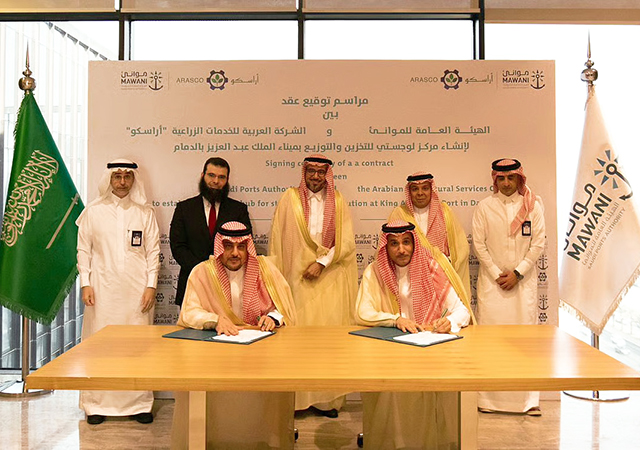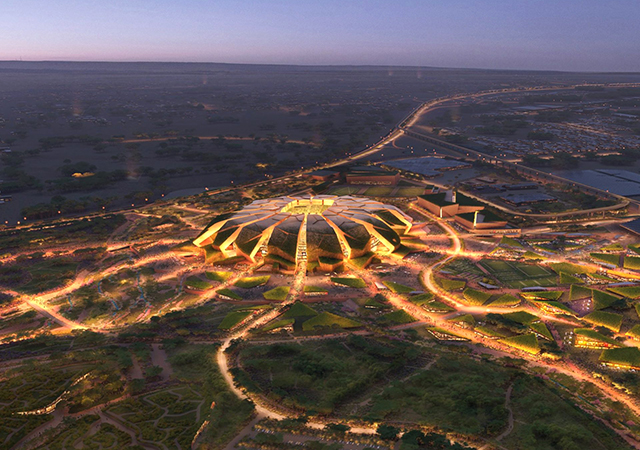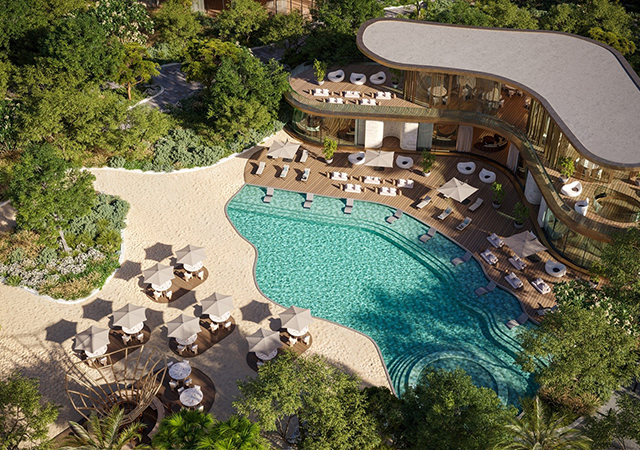 Philips ... leading the way in innovative solutions.
Philips ... leading the way in innovative solutions.
Energy-saving has now risen to the top of the global agenda, pushed by increasing energy prices, climate change and a shortage of electricity in more and more countries.
A substantial part of the energy consumed worldwide – around 19 per cent – is being used for lighting applications. The good news is that by using already existing solutions savings of up to 40 per cent are possible while maximising the light output at the same time.
When talking about saving energy for lighting, most people think about substituting incandescent lamps with energy-saving lamps such as compact fluorescent lamps. However, the lighting industry has developed many other energy-saving technologies, many of them aimed at the professional lighting market, which accounts for around 80 per cent of the electricity used for lighting in western Europe. Figure 2 gives an indication of the energy-saving possibilities per main lighting application, including reducing carbon dioxide emissions.
Figure1:
For the Middle East and African countries, an achievable saving of 40 per cent on all the lighting currently installed in these regions would save around €5 billion ($7.8 billion) in energy costs per year, which equates to 35 million tonnes of carbon dioxide emissions per year, 75 million barrels of oil per year and an annual output of more than 25 power plants at the rate of 2 TWh per year.
To realise the full potential of energy-saving lighting solutions, an integral approach is essential since it is a combination of the following elements:
• Efficient lamps: The major factor to assess the efficacy of the lamp is the lumen/Watt ratio (light output divided by the power consumption). However, lumen maintenance should also be taken into account, to ensure a lamp performs well over its lifetime;
• Efficient luminaries: Luminaire efficacy is much more difficult to define as a simple parameter is the LOR (light output ratio) but the LOR does not take into account the effectiveness of the luminaire at directing the light where it is needed. In fact, photometric data are crucial to judge the performance, including the efficacy, of a luminaire;
• Efficient control gear: Energy losses determine the efficacy of a ballast or control gear. A better approach, however, is to look at the combination of lamp and ballast and use the so-called ‘system efficacy’ as the main parameter. The reason for this is that certain types of ballasts have a positive impact on the lamp efficacy as well, for example a high frequency/electronic operation of fluorescent lamps increases the lamp efficacy by around 10 per cent;
• Lighting controls: More appropriate use of manual and automatic lighting controls can save a great deal of lighting energy by avoiding illumination of unoccupied spaces and by dimming artificial light in response to available daylight;
• Efficient design: This is based on efficient lamp-ballast combinations and luminaires, but also takes into account the right lighting levels and the right positioning of the luminaries; and
• Efficient use: This involves switching off lamps when they are not needed, regular cleaning of luminaires and timely replacement of defective lamps as most control gear try to ignite end-of-life lamps and this consumes unnecessary energy.
Figure 2:
When looking, for instance, at office lighting, using the most efficient lamps such as TL5 narrow diameter fluorescent lamps, dimmable electronic control gear, efficient optics and lighting controls, all combined can give energy-savings up to 80 per cent as compared to traditional technologies.
An additional benefit of energy-efficient lighting, and especially relevant in the Gulf region is the effect on the air-conditioning. As energy-efficient lighting generates less heat, it not only gives the opportunity to reduce the installed air-conditioning load (saving initial costs) but also reduces the running costs of the air-conditioning installation.
Philips Lighting, which leads the way in innovative lighting solutions combined with marketing excellence, is promoting a wide portfolio of energy-efficient lighting products in the Middle East markets. The company is a pioneer in energy-saving products, having been the inventor of both the compact fluorescent lamp and the high-frequency electronic ballast lighting systems that maximises light output while increasing efficiency.
One of its latest innovations in energy-saving products is the new PL-R Eco lamp-ballast combination. This compact fluorescent lamp, which is to be operated on a special HF electronic ballast, offers up to 50 per cent energy-savings for downlights. Over the next few years, Philips expects to be able to announce further breakthroughs and expects LED technology to have a greater impact on both commercial and residential applications.
For Philips Lighting, a global leader in the field of lighting design, technology and innovation, the Middle East has traditionally been a focus area for trade business. As the region is going through a tremendous development and expansion phase, lighting application solutions, much more than just the products, have become a prime concern for investing commissioners, consultants and contractors. Philips Lighting has effectively addressed this matter with the establishment of a dedicated lighting (application) competence centre right in the heart of this area, in Dubai. In addition, the firm is represented by Al Nasser Company in Saudi Arabia, its project partner in the kingdom.







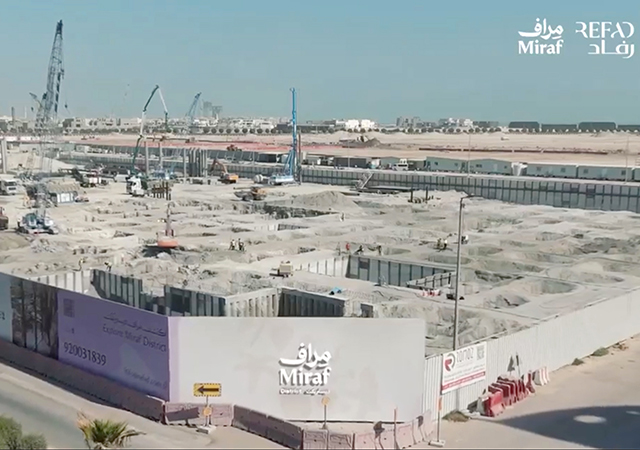
.jpg)




.jpg)

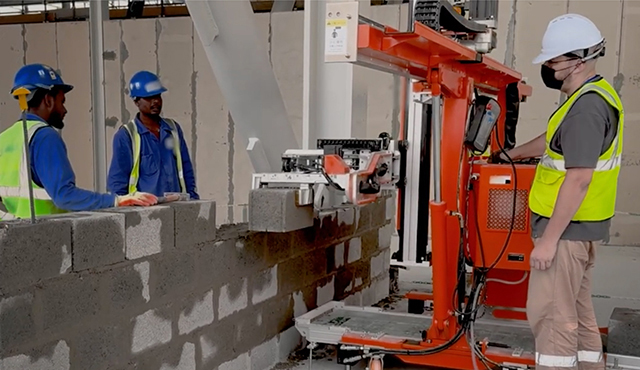

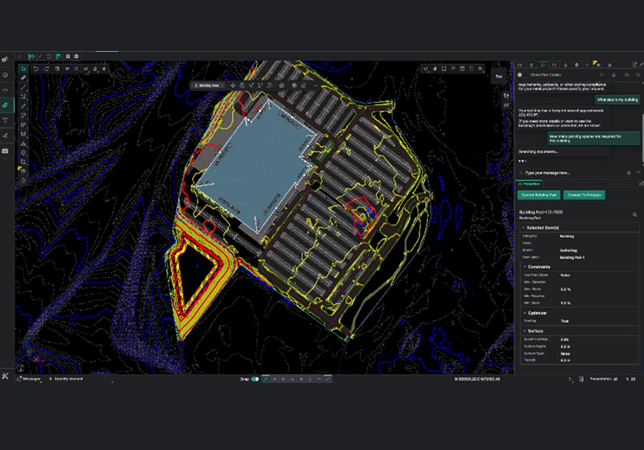



















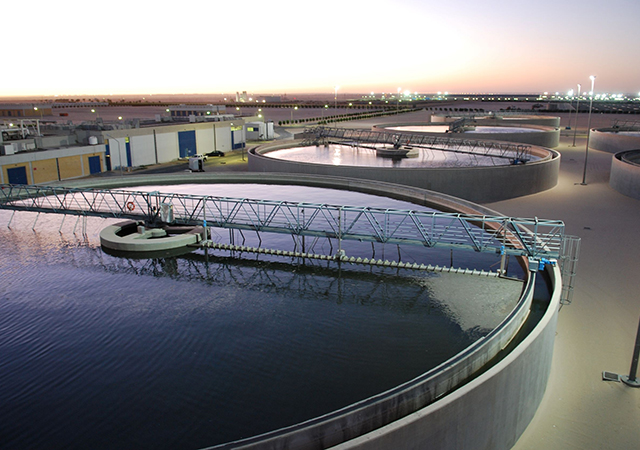


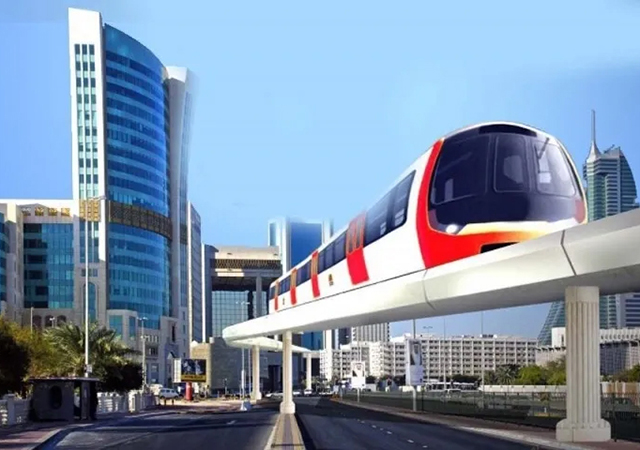

.jpg)




